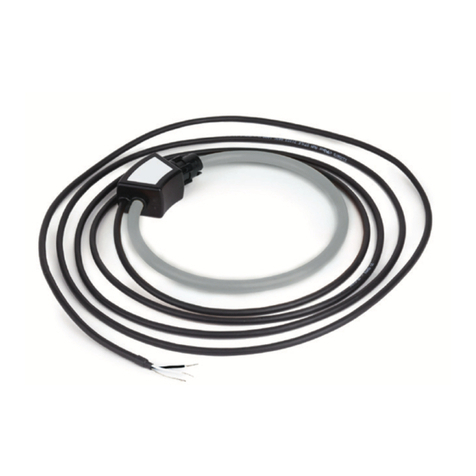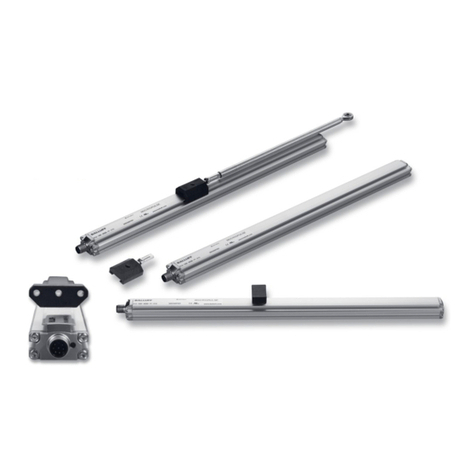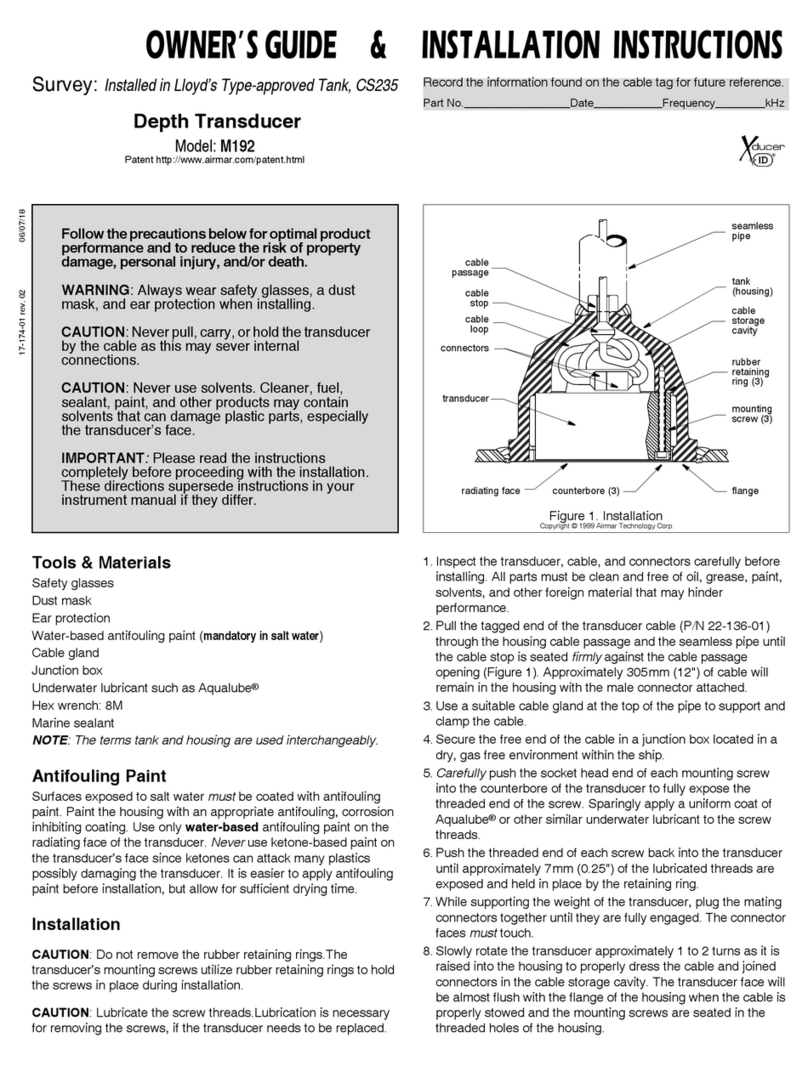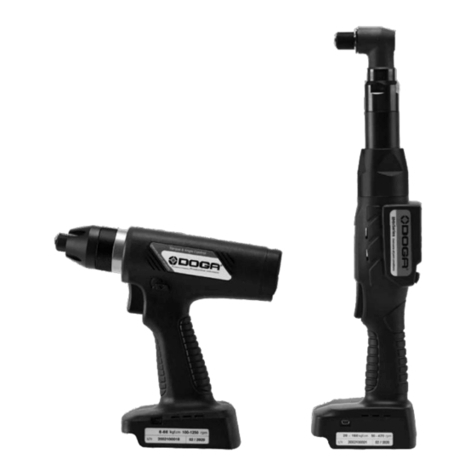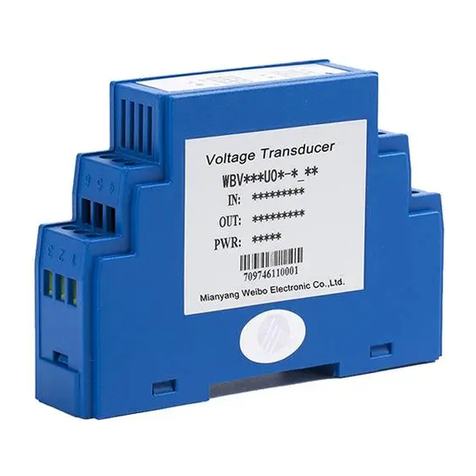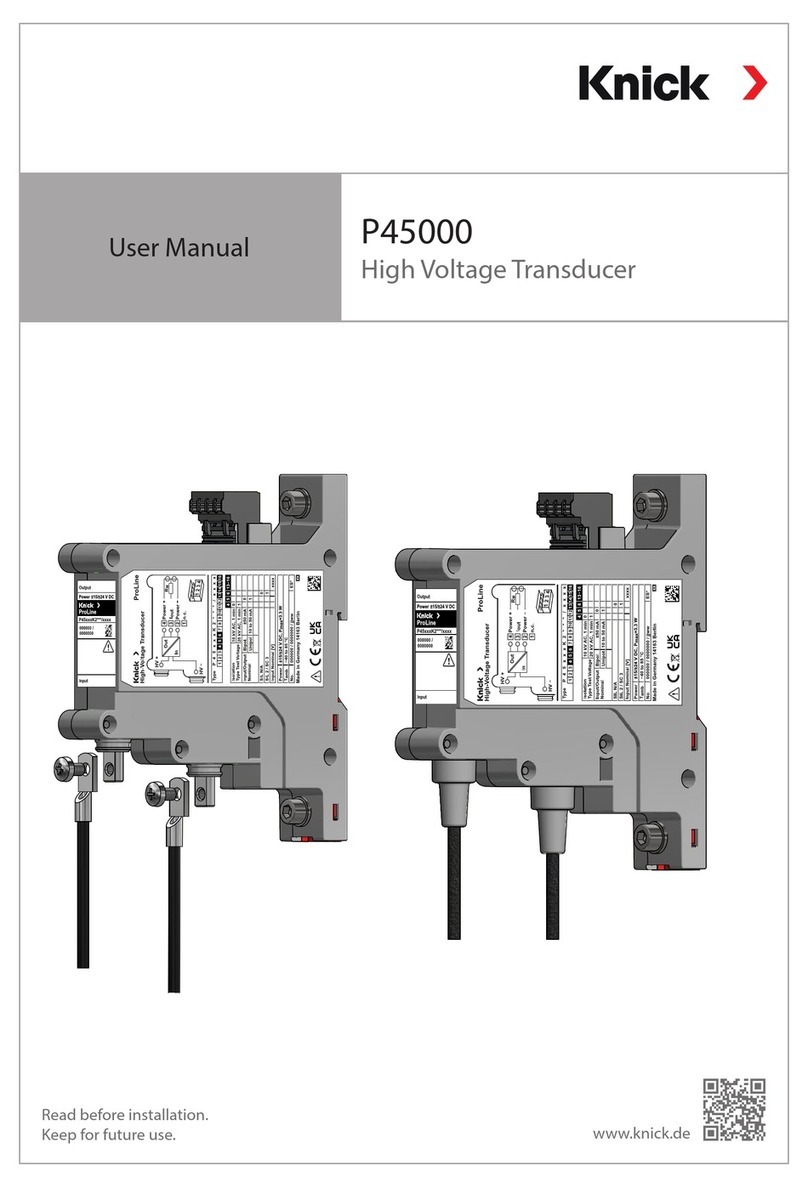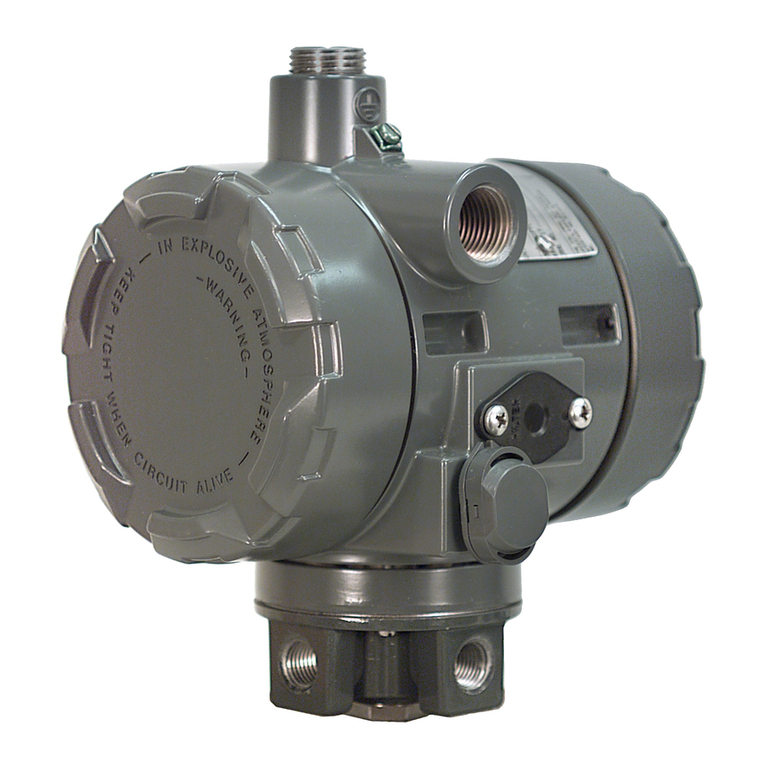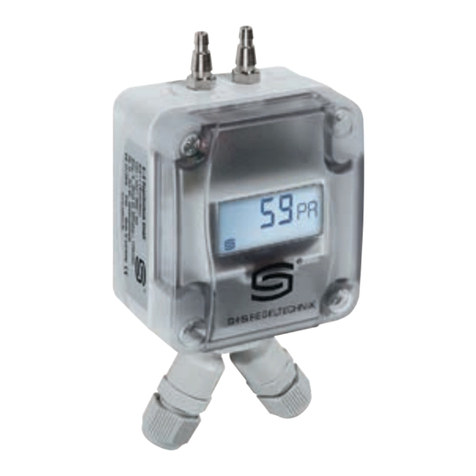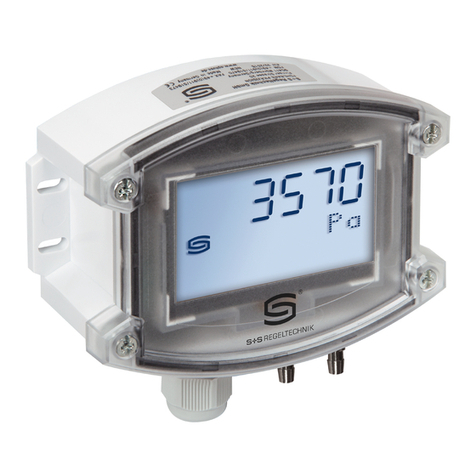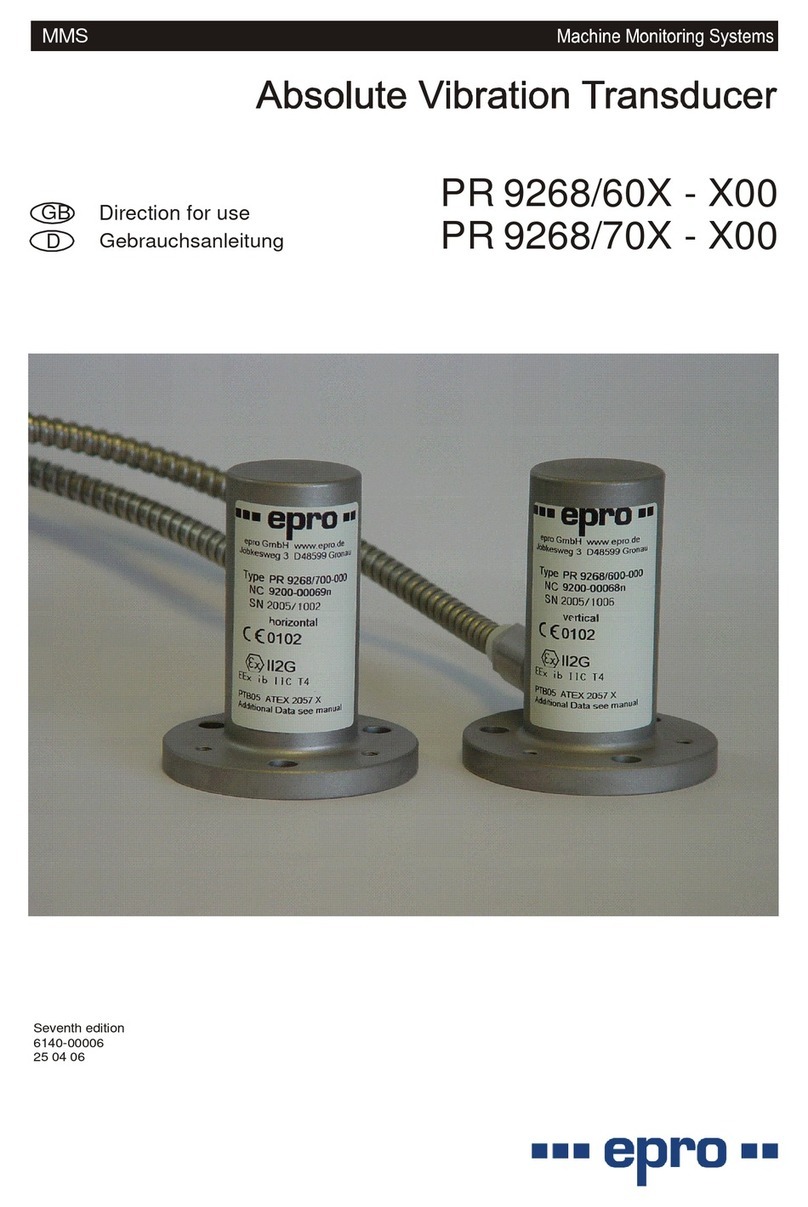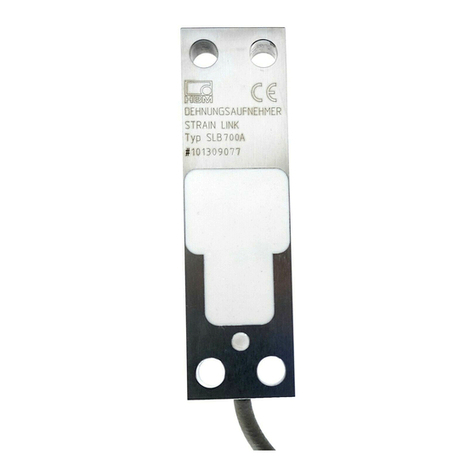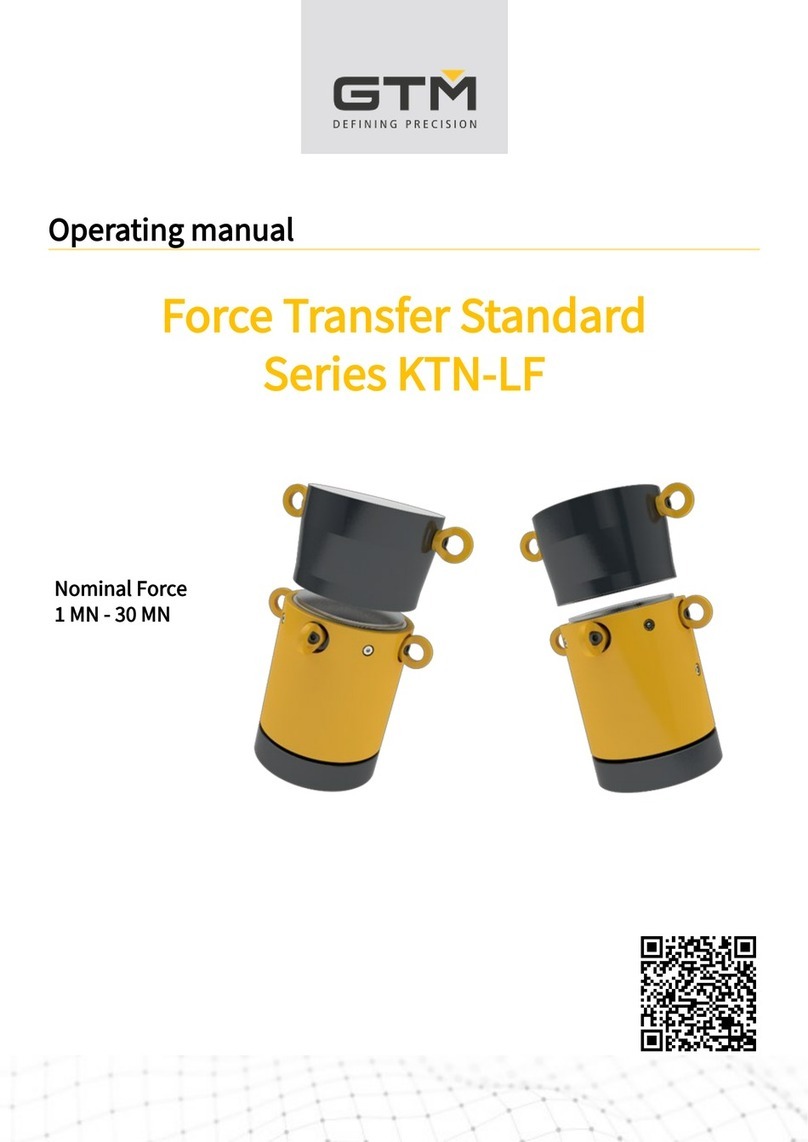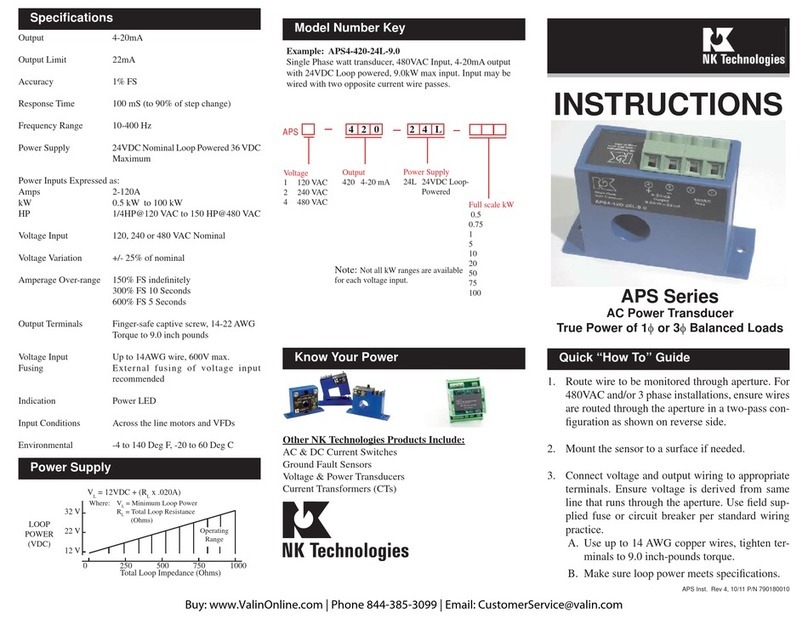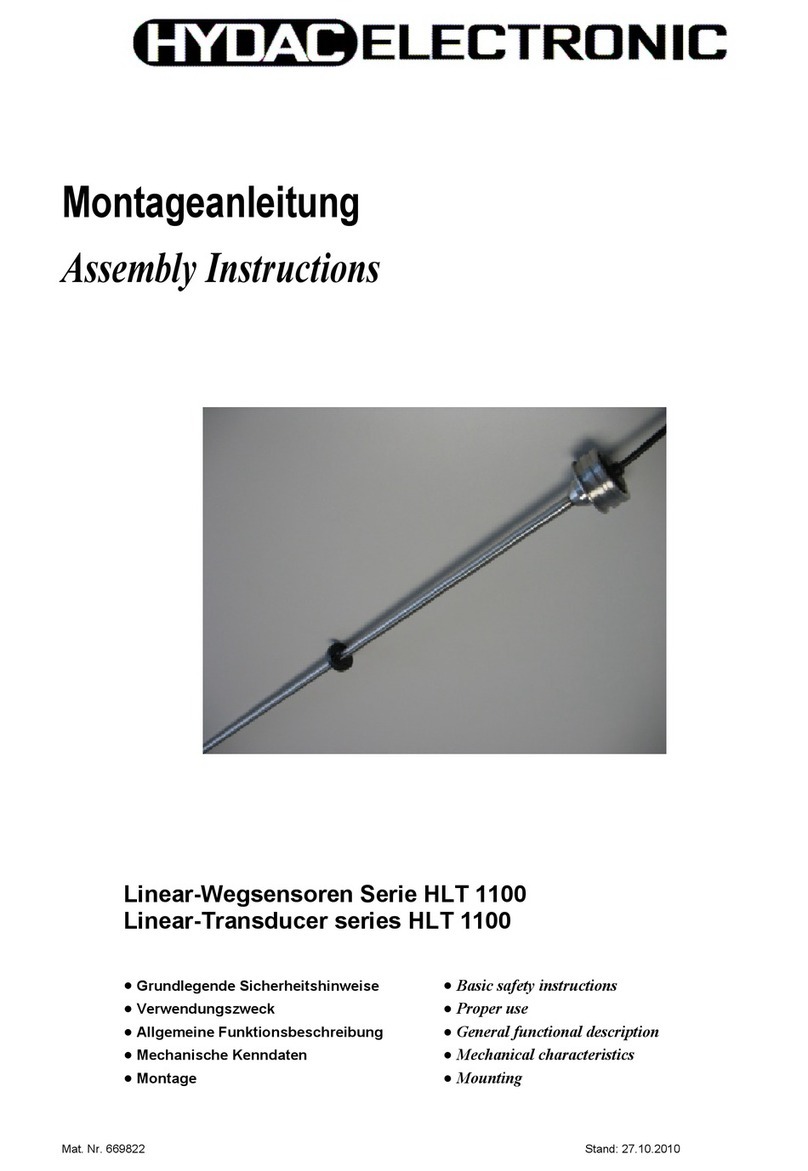
Sensor Technology 2022 Page 3 SGR4384V (Rev 3)
Table of Contents
Getting Started ............................................................................................... 4
Introduction .................................................................................................. 4
Hardware Revisions ..................................................................................... 4
Unpacking the transducer ............................................................................ 5
Mechanical Installation ................................................................................. 6
Operating Principles ..................................................................................... 7
Operation ........................................................................................................ 8
Powering the transducer .............................................................................. 8
Using the transducer .................................................................................... 8
Built In Test (BIT) ......................................................................................... 9
Normal Operation ....................................................................................... 10
Peak Mode..............................................................................................10
Analog Scaling........................................................................................10
Warning Signals ......................................................................................... 11
Error Signals ............................................................................................... 13
Peak Input .................................................................................................. 13
Analog Output.........................................................................................13
Peak Reset.............................................................................................13
Analog Outputs ........................................................................................... 14
Data Assignments...................................................................................14
Voltage/Current Assignments.................................................................16
Fail Output .................................................................................................. 17
Limit Output ................................................................................................ 18
Zeroing the transducer ............................................................................... 19
Electrical Signal......................................................................................19
Digital Command....................................................................................20
Resetting transducer to factory default ....................................................... 20
Examples of reading/collecting data ........................................................... 21
Optional Accessories .................................................................................. 22
Analog Lead ............................................................................................... 22
Digital Lead (SGR520/540 series ONLY) ................................................... 22
Digital Adaptor Lead (SGR520/540 series ONLY) ...................................... 22
AC Mains Adaptor Power Supply (PSU) .................................................... 22
Additional Related Products and Transducer Resources ........................ 22
Transducer Display ETD ............................................................................ 22
Transducer Signal Breakout Unit (SBU) ..................................................... 22
TorqView (SGR520/540 series ONLY) ....................................................... 22
Transducer Control Program (SGR520/540 series ONLY) ......................... 22
Transducer Communication Protocol (SGR520/540 series ONLY) ............ 22
Transducer DLL Programmers Guide (SGR520/540 series ONLY) ........... 22
Leads ............................................................................................................ 23
Analog Lead - Pin Out ................................................................................ 23
Digital Lead - Pin Out (SGR520/540 Series ONLY) ................................... 24
Transducer Connections ............................................................................. 25
Analog ........................................................................................................ 25
Digital ......................................................................................................... 25
Declaration of Conformity ........................................................................... 26




















